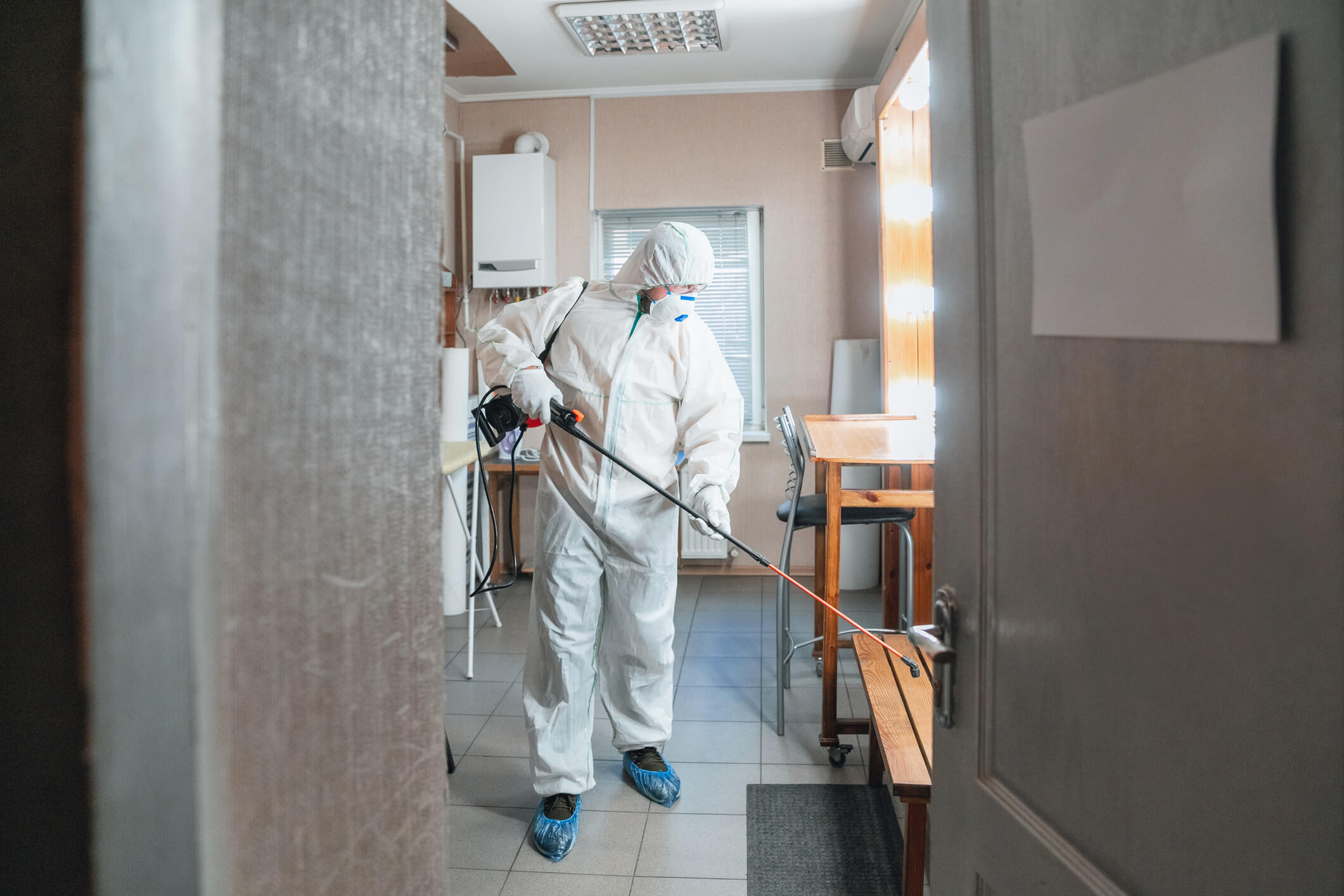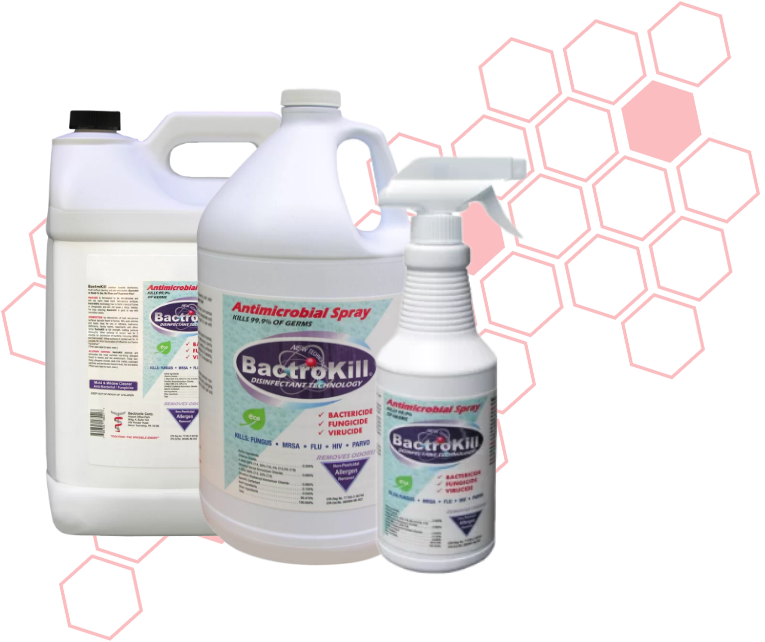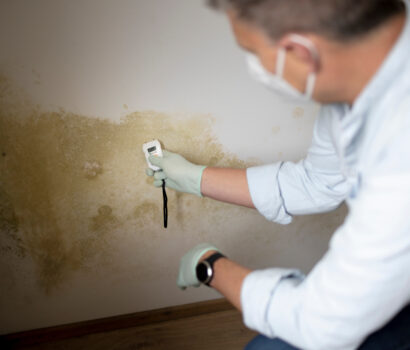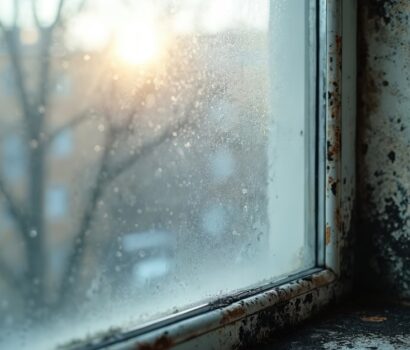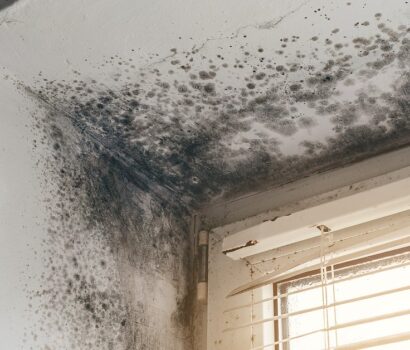During mold remediation, containment is of paramount importance. Many of the protocols traditionally used in mold containment, however, may not be sufficient. Practices used in asbestos abatement have carried over to mold containment, but while they work to contain asbestos, they’re not necessarily right for the job of containing mold, a living organism. So, what are the best practices for mold containment?
First, understand that setting up mold containment should not be limited to the immediate area around the mold. Mold containment chambers around visible mold can be useful in isolating it to one area, but true containment needs to involve the entire building envelope. Why? Mold, like all living things, seeks to grow. Because its nature is to spread beyond its current environment, mold will have been doing that long before the arrival of the mold remediation team. In order to understand how far the mold has advanced, a mold remediation contractor must address the issue of indoor air quality. For appropriate mold containment, the remediator must fully understand where the mold is located.
Once the space to be contained is identified, containment can be accomplished using 6-ply or 10-ply polyethylene sheeting. This can be affixed to the floor and ceiling with tape or staples for small jobs or connected to a frame for larger jobs. Negative air pressure is then applied, using a fan that pulls air out of the affected area and exhausts it outside. This creates a negative pressure environment, in which the polyethylene is pulled against the surfaces and the mold spores are drawn away from the airspace.
In addition to protecting the rooms adjacent to the mold affected area, remediation contractors must be careful to protect themselves from mold, as well. Much of the work done in mold remediation stirs up mold spores and launches them into the environment. Wearing personal protective equipment (PPE) will protect mold remediation specialists from the risk of exposure. According to the Environmental Protection Agency (EPA) mold containment PPE should include:
- Gloves: To protect the skin from contact with mold, long gloves that extend to the middle of the forearm are recommended.
- Goggles: Eye protection can be achieved through properly fitted goggles or full-face respirators. Safety glasses or goggles with open vent holes are not sufficient- goggles must keep out dust and small particles.
- Respirators: To protect against inhaled mold, spores, and dust, respirators approved by the National Institute of Occupational Safety and Health should be worn.
A microbial control company, Bactronix specializes in treatments against bacteria, viruses, mold, mildew, and odors. Our highly-trained technicians are certified to analyze, measure, and treat a facility, and our treatments are non-invasive. The Bactronizing™ Process uses eco-responsible, hospital-grade, EPA-registered disinfecting products, which are highly effective against microorganisms and dangerous biofilm. These disinfectants are distributed with an advanced electrostatic spray system, and our process is backed by certification and a one-year warranty. For more information or to request a quote, call 412-375-7886, or contact us through our website.
